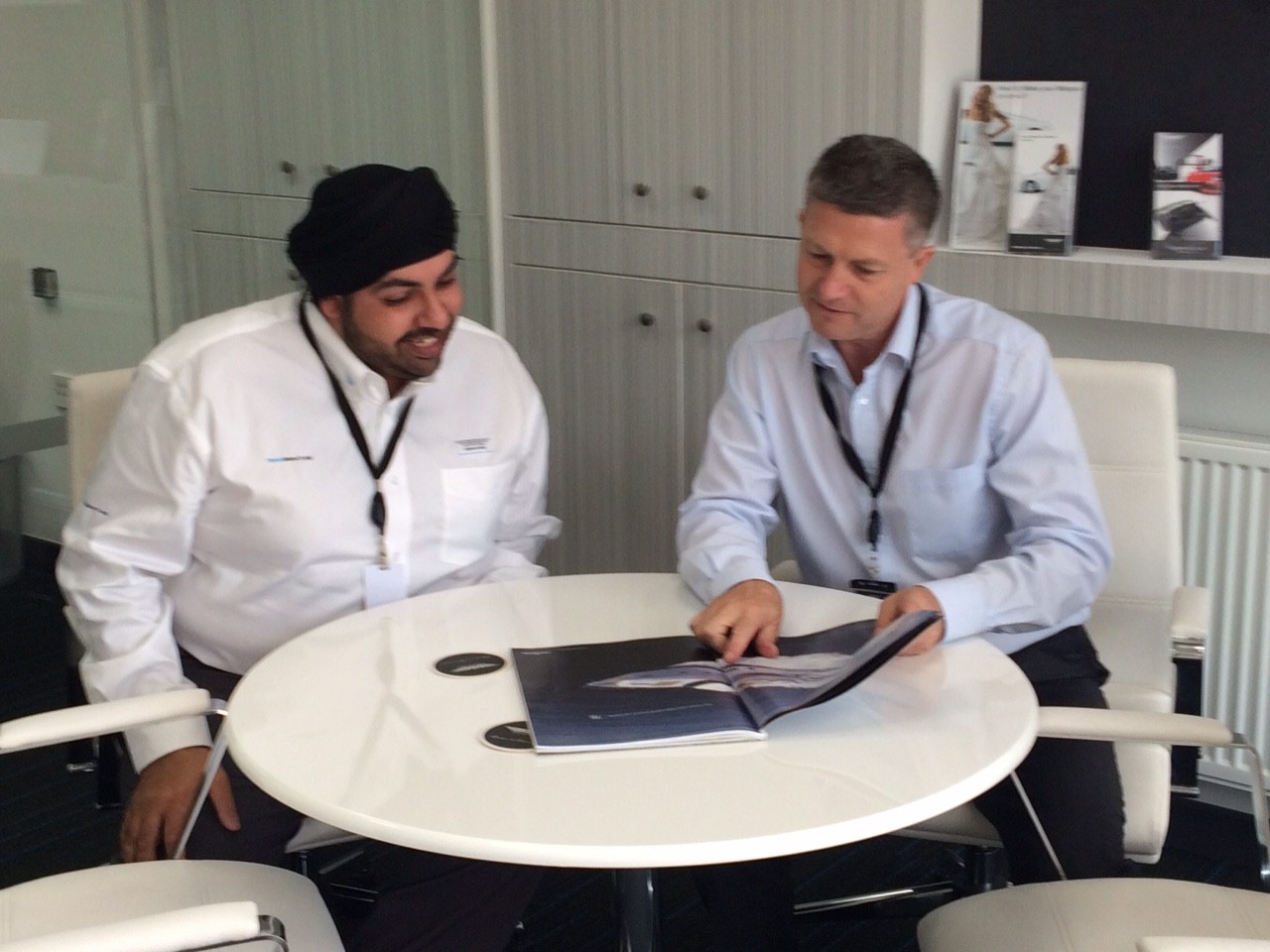How to Have Successful Staff Meetings
Posted on Sat 10th Sep 2016 at 09:58

I’m blessed to have a great team at Signature, who manage all parts of my business with dedication and care. Like any successful team, we keep each other up to date and tackle issues through regular meetings. We've honed the skill of making meetings as practical and productive as possible – without losing any goodwill or camaraderie in the process. I’m often asked what our secret is, and how other company leaders can avoid creating staff meetings that seem to go on and on – and on! – without achieving anything.
Whilst productive meetings are always going to be somewhat subjective – every company is different – my advice is to always centre on the following points, which should apply to most situations.
Do you really need to have a meeting?
Do you actually have a good reason for taking all your staff away from their desks? Successful meetings should resolve issues and create action points – don’t be tempted to have one just because it’s a quiet day, or you feel like you need to be seen to be doing something! Staff can very easily suffer from ‘meeting fatigue’, so if there’s any doubt in your mind, put off calling everyone together until the situation changes.

Determine why you need the meeting and who should be there
Sometimes a meeting is, however, more appropriate than creating an endless email chain, and can lead to things progressing far more quickly. Not only does it allow different teams to understand what each other are doing, and synchronise efforts that affect the whole business, but it also allows them to connect on a human rather than technological level and bond over their shared purpose.
People will be relying on you to motivate your company forward, so it’s important that you have a clear idea of what the meeting is for before you enter into it, and know how it will aid you in achieving your goals. Picture what you will say, the responses you might receive and the outcome you require. This will help convince your subconscious that this is what will happen, and help make it so!
If you’re having project-specific meetings, then carefully consider which members of staff should be invited and what they will bring. If staff aren't necessary, don’t invite them – they will thank you for not wasting their time. Conversely, if you’re having an all-staff meeting, make sure that absolutely everyone is invited. Miss anyone out; whether junior or senior, permanent, contractor or part-time worker, and you’ll create bad feelings that will linger for weeks to come.
Have an agenda
As well as clear goals, you’ll need a written agenda and a clear action plan to follow through to a conclusion. This will help keep the meeting focused. Allocate a specific amount of time to each part, so people aren't tempted to ramble, and circulate your agenda in advance so people know when they will be called on to speak.
A helpful tip for agenda planning, particularly if these are regular meetings and you feel like you’re struggling to keep momentum going, is that a good meeting should generally be around 60% looking forward, and a maximum of 40% looking back on what you've already completed. Focus too much on what’s already happened and you won’t motivate your staff to tackle the next challenge.
Keep meetings short and engaging
The maximum time at which any of us can concentrate fully on one thing is 20 minutes – remember this when your staff begin to look bored! To keep a positive mood in the room, prevent your staff wasting time and ensure they continue to see meetings as useful things, you have a duty to keep meetings as short and productive as possible. This means that either you or your assigned meeting leader have a duty to ensure that you stick to schedule, and that small talk is left outside. A little friendly chat at the start is good for morale, but too much will make the meeting seem directionless.
Be the boss
As the boss you have a responsibility to be authoritative, and to reassure your employees that you have everything under control. In a meeting situation, this means that you need to be on the ball at all times, and aware that everyone will be looking to you for guidance.
First things first: get to the meeting early. You may be very busy, but arriving early will show your staff that they, and the meeting, are important to you.
Greet everyone warmly, and note their demeanour as they walk in. Are they looking excited, nervous, bored, or sullen? Try to put people at ease, and throughout the meeting use the energy of those who are engaged with the idea to infect those who aren't quite so keen.
Make sure you state the purpose of the meeting at the start: this will help to focus everyone. Don’t be afraid to tackle concerns head on, and if some staff are not contributing to the discussion, actively seek out their opinion. Any group can become dominated by a few of its louder members, but this doesn't mean that the quieter people don’t also have great ideas – and they might very much appreciate the chance to express them.
After the meeting
To ensure that your hard work in the meeting doesn't go to waste, it’s essential that you ensure someone takes notes in the meeting, even at a regular staff meeting, and that these are circulated afterwards. The notes should have action points and accountabilities, as well as a clear timeline for achieving results if this is appropriate. Don’t forget to also pencil in follow up meeting with relevant staff to discuss any action points and results.

